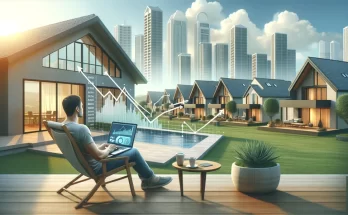The types of solutions that are offered to consumers and the decisions made about pool manufacturing are greatly influenced by the climate. Depending on the weather patterns and climatic conditions, various strategies in materials, design, and installation are needed to ensure lifespan, safety, and functionality. For instance, locales with severe winters can need unique heating systems or pool covers, and places with high humidity might need special water treatment products. Additionally, regional climate conditions may have an impact on the availability of affordable inground pool options because different materials or building techniques may be more cost-effective in particular regions.
Material Selection in Relation to Climate
The selection of materials used in pool construction is frequently influenced by local climates. Manufacturers may prefer materials like fiberglass or specific coatings that lessen UV damage, which reflect sunlight and minimize heat absorption, in regions with high temperatures and dry conditions. On the other hand, materials made to resist freezing temperatures are needed in areas that endure severe cold. In colder climates, concrete and vinyl-lined pools are common because of their durability and capacity to withstand freeze-thaw cycles without cracking.
Adapting Design to Weather Patterns
The architecture of swimming pools and the infrastructure that surrounds them is also influenced by climate. Manufacturers may include elements like raised pool constructions and drainage systems in areas that frequently experience severe rains to help avoid floods and water build-up. Shaded pool designs and other elements like pergolas or sails can improve comfort and usability for hot, sunny settings, promoting year-round enjoyment. Aerodynamic pool forms can also minimize wind resistance in windy places, minimizing potential damage and debris accumulation.
Sustainability and Energy Efficiency
Climate variables are considered in pool manufacturing decisions as sustainability and energy efficiency become more significant. Solar panels are being used to heat pools in hotter climates, allowing homeowners to use renewable energy. In colder climates, insulated pool covers and heat retention systems save energy and extend the swimming season. Manufacturers are increasingly using eco-friendly materials like sustainably sourced wood and recycled plastic to satisfy environmentally conscious customers.
Innovations in Technology
Other reasons for pool manufacturing technology advancement include climate concerns. Smart pool systems that adjust temperature, lighting, and chemicals based on weather are being developed. These smart solutions improve user experience and operational efficiency, making pool ownership easier and more enjoyable in any climate.
Conclusion
The selection of materials, design modifications, sustainability techniques, and technical advancements are all heavily influenced by the climate when it comes to pool manufacturing decisions and solutions. By being aware of these factors, homeowners can make wise choices that guarantee their swimming pools will last all year long, be durable, and provide enjoyment regardless of the weather. Manufacturers will continue to adjust as climate patterns change, producing pools that satisfy consumers’ shifting needs in a variety of environments.




